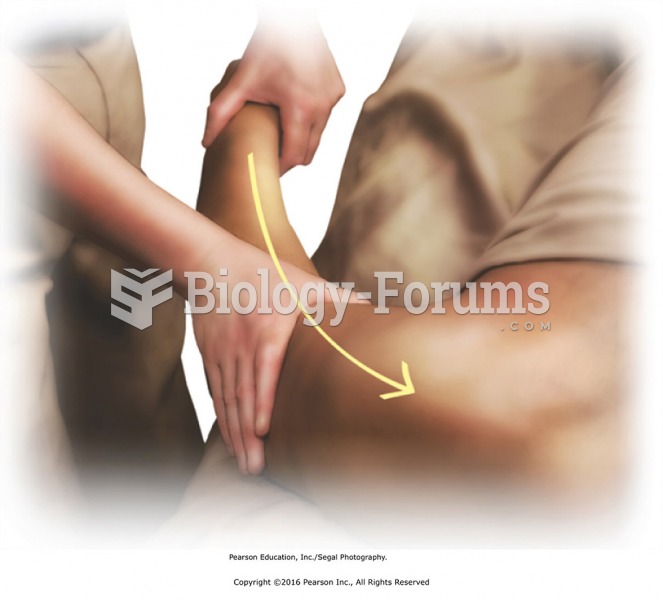|
|
|
The use of salicylates dates back 2,500 years to Hippocrates’s recommendation of willow bark (from which a salicylate is derived) as an aid to the pains of childbirth. However, overdosage of salicylates can harm body fluids, electrolytes, the CNS, the GI tract, the ears, the lungs, the blood, the liver, and the kidneys and cause coma or death.
After 5 years of being diagnosed with rheumatoid arthritis, one every three patients will no longer be able to work.
There are more nerve cells in one human brain than there are stars in the Milky Way.
The ratio of hydrogen atoms to oxygen in water (H2O) is 2:1.
Pope Sylvester II tried to introduce Arabic numbers into Europe between the years 999 and 1003, but their use did not catch on for a few more centuries, and Roman numerals continued to be the primary number system.







